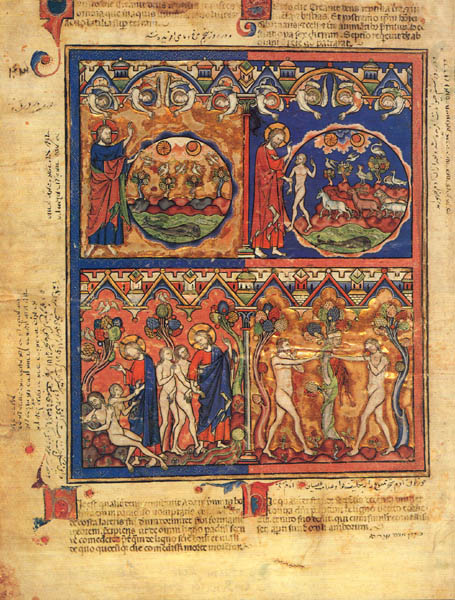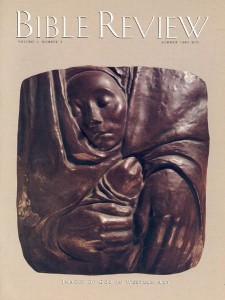
The Bible contains many references to God’s human attributes. Not only does he get angry and threaten, he also cajoles and forgives. We learn that he has nostrils that “blast” (Exodus 5:8), an arm that “stretches” (Deuteronomy 5:15), a finger that “writes” (Exodus 31:18), lips that “open” (Job 11:5) and hair “like pure wool” (Daniel 7:9). What is more, we know that God “created man in his own image” (Genesis 1:27).
To this extent the Bible encourages the reader to visualize God. On the other hand, the Bible also prohibits image-making, particularly of God. The Second Commandment warns that “Thou shalt not make any graven image, or any likeness of any thing that is in heaven above or that is in the earth beneath, or that is in the water under the earth” (Exodus 20:4, Deuteronomy 5:8).
Despite these strictures, however, God has frequently been depicted in art. The form of the imagery has been determined by the particular artistic tradition and the theological perspective of the artist’s time and place, as well as by the artist’s own powers of invention.
Already a library member? Log in here.
Institution user? Log in with your IP address.

